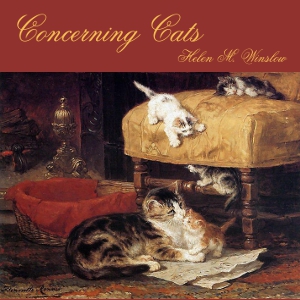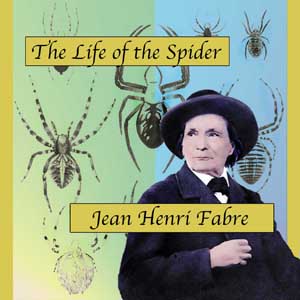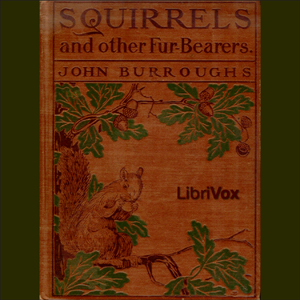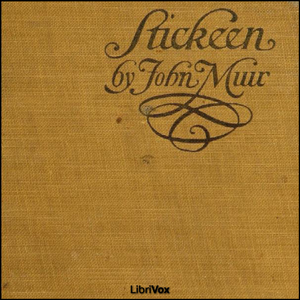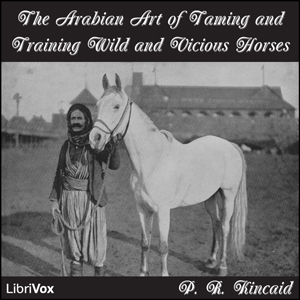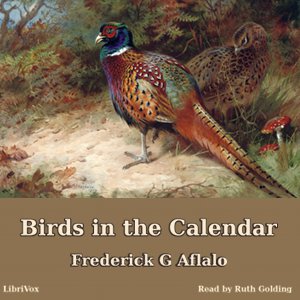- The Ostrich and its Kindred
- The Game-Birds and Rails
- Pidgeons and Sand-Grouse
- Auks, Gulls, and Plovers
- Bustards and Cranes
- Grebes and Divers, Penguins and Tube-Nosed Birds
- Storks, Herons and Pelican Tribe, part 1
- Storks, Herons and Pelican Tribe, part 2
- Screamers, Ducks, Geese and Swans
- Birds of Prey and Owls
- Night-Jars, Swifts, and Humming-Birds
- Parrots, Cuckoos, and Plantain-Eaters
- Rollers, Kingfishers, Hornbills, and Hoopoes
- Bee-Eaters, Motmots, Todies, Colies, and Trogons
- Toucans, Honey-Guides, Jacamars and Puff-Birds, Barbets and Woodpeckers
- The Perching Birds
- Larks, Titmice, Honey-Eaters, and Their Kindred
- Shrikes, Thrushes and Their Allies, Swallows, Lyre-Birds, Chatterers, Broad-Bills, etc.
- Crocodiles and Alligators
- Tortoises and Turtles
- Lizards, part 1
- Lizards, part 2
- Chamaeleons and Tuatera
- Snakes
- Frogs and Toads
- Newts and Salamanders
- Lung-Fishes and Chimaeras
- The Perch Family
- Scaly-Fins, Red Mullets, Sea-Breams, Scorpion-Fishes, Slime-Heads, Tassel-Fish, Meagres, and Sword-Fishes
- Hair-Tails, Horse-Mackerels, Sea-Bats, Dories, Mackerels, Sucking-Fishes, Weavers, Frog-Fishes, Angler-Fishes, Bull-Heads, and Gurnards
- Lump-Suckers, Gobies, Blennies, Barracudas, Grey Mullets, Sticklebacks And Their Allies, Garpike, and Flying-Fishes
- The Wrasse-Like Fishes
- Pipe-Fishes, Sea-Horses, Globe-Fishes, Sun-Fishes, and Their Allies
- The Cod Family
- Cave-Fishes, Sand-Eels And Their Allies, and Flat-Fishes
- Eels and Cat-Fishes
- The Carp Family
- Pikes, Arapaimas, Beaked Salmon, and Scopelids
- The Salmon Family
- The Herring and Its Kindred
- Bony Pike, Bow-Fin, Sturgeon, Reed-Fish, and Bichir
- Sharks and Rays
- The Crab and Scorpion Groups
- Insects, part 1: Sheath-Winged Insects, or Beetles;
- Insects, part 2: Straight-Winged Insects, or Earwigs, Cockroaches, Soothsayers, Stick-Insects, Crickets, Grasshoppers, and Locusts; Nerve-Winged or Lace-Winged Insects, or Dragon-Flies and Their Relatives.
- Insects, part 3: Stinging Four-Winged Insects, or Ants, Bees and Wasps, and Their Allies
- Insects, part 4: Scale-Winged Insects, or Butterflies and Moths
- Insects, part 5: Half-Winged Insects, or Bugs and Frog-Hoppers
- Insects, part 6: Two-Winged Insects, or Flies
- Shell-Fish, or Molluscs
- Lamp-Shells
- Star-Fishes, Sea-Urchins, etc.
- Moss Animals
- Worms
- Corals, Sea-Anemones, and Jelly-Fishes
- Sponges and Animalcules
The Living Animals of the Natural world, subtitled "a popular Natural History", proposed to present the most updated version of the wonders of the Animal World in a new and clearer form. It used photography instead of the traditional illustrations of the life of beasts, birds, fishes, insects, corals, and the subjects photographed were obtained from every part of the world, many of them from the most distant islands of the Southern Ocean, the great barrier reef of Australia, the New Zealand hills, the Indian jungle, the South African veldt, and the rivers of British Columbia. But not only the illustrations were important, since the attention given to the descriptive portion of the work was also meticulous, and the Editor had the assistance of specialists, eminent alike in the world of science and practical discovery. The result is a very thorough picture of human knowledge of the animal world at the time of publication, in 1902. - Summary by Leni
There are no reviews for this eBook.
There are no comments for this eBook.
You must log in to post a comment.
Log in


